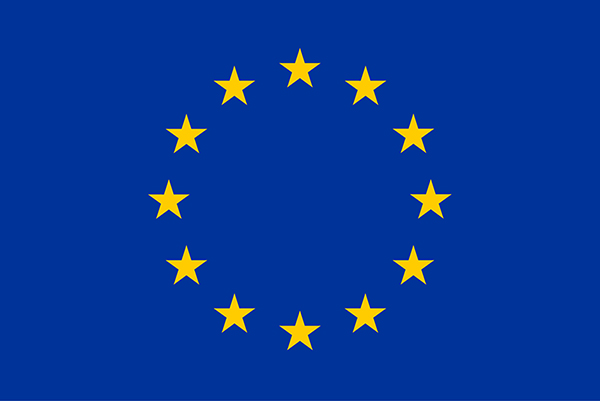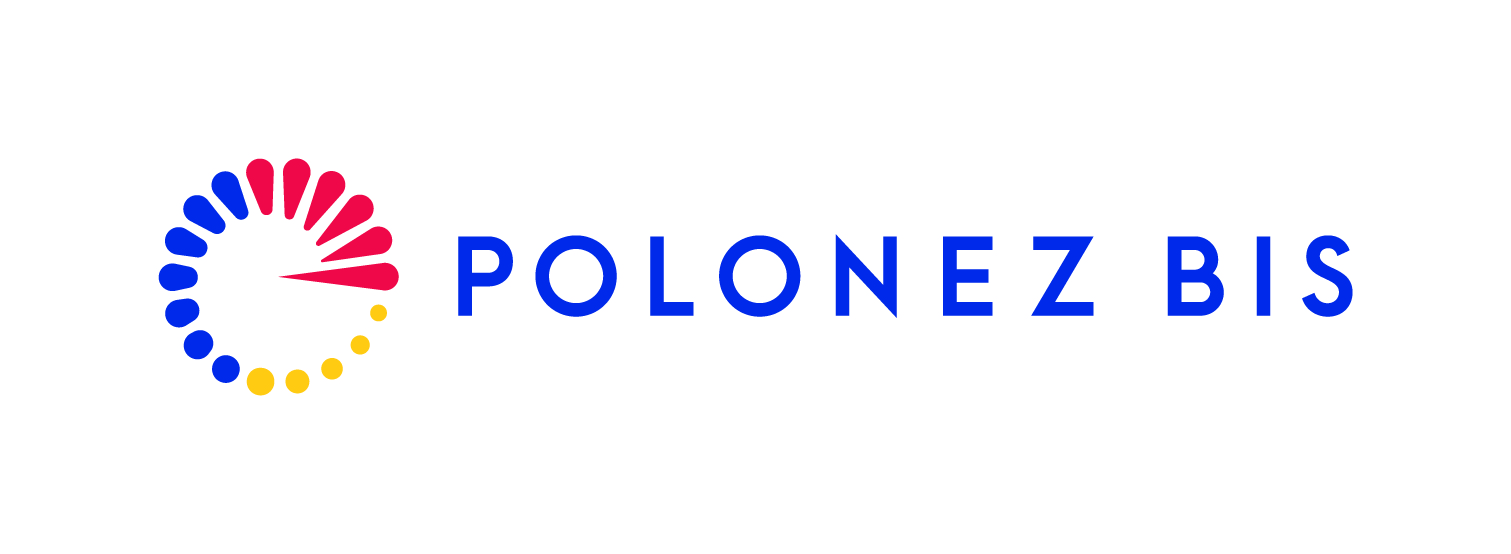
Project title:
Molecular insights into hypoxic tumors – for development of targeted cancer therapeutics
The idea of using light to elicit drugs´ activation at diseased sites plays an important role in modern medicine, allowing for precise and personalized treatment. Light, as an external targeting stimulus, has many unique advantages, including negligible toxicity, spatiotemporal control, and the ability to tune drug´s activation by tuning the intensity, duration and the excitation wavelength. The utility of lightactivated therapies is epitomized by the success of photodynamic therapy (PDT). Today, PDT is an approved treatment for many malignant tumors. In general, PDT requires a photosensitizer (PS), light, and oxygen (O2). Following absorption of light by an exogenously delivered PS, a long-lived PS´s excited triplet state is generated which promotes the formation of reactive oxygen species (ROS) via electron or energy transfer reactions. Due to their high reactivity, ROS can cause oxidative stress and damage in different cellular compartments. The efficacy of PDT is dependent on its ability to target cancer cells while sparing healthy cells, which requires selective accumulation of the PS and precise delivery of light energy to a defined cellular target.
Although, PDT is a very promising therapy for tumor ablation its full clinical potential has yet to be realized due to its strong dependence on molecular oxygen. Indeed, due to rapid growth, many tumors possess hypoxic regions. Tumor hypoxia has been universally recognized as the best-validated therapeutic target in oncology. Acute hypoxia promotes genomic instability and tumorigenesis and presents a major barrier in PDT.
The alpha subunit (HIF-1α) of the hypoxia-inducible factor 1 (HIF-1) is responsible for oxygen homeostasis. HIF-1α is overexpressed in many common cancers and is directly connected with therapeutic resistance and tumor progression. Unfortunately, to date, there are no specific HIF-1α inhibitors and developing such agents has proven to be difficult. An attractive alternative strategy involves targeting the guanine-rich DNA sequences forming G-quadruplex (G4) structures located in the promoter region of HIF-1α. Indeed, these G4s act as critical acting elements and control HIF-1α expression when targeted by G4-specific ligands. Downregulation of HIF-1α expression by small molecule ligands is not only a promising chemotherapeutic strategy, but also a complementary method for limiting the intracellular O2 consumption rate and sparing sufficient endogenous O2 for the PDT process.
G4s are thermodynamically stable four-stranded DNA and RNA helical structures. G4 motifs are enriched in the promoter regions of oncogenes and at loci commonly amplified in cancers. The fact that G4s are linked with DNA damage and genome instability in addition to key cancer-associated genes has prompted investigations into possible roles of G4s in cancer biology and an evaluation of small-molecule G4 ligands as potential therapeutic agents.
The main goal of this project is to unravel the folding landscapes of G4s in hypoxic cancer cells and develop new photo-therapeutic anticancer modalities with the potential to simultaneously enhance the selectivity and efficacy of PDT treatment in hypoxia. To do so, I aim to assess the impact that both oxygen level and HIF-1α expression have on G4 formation. Having established the connection among O2 deficiency, HIF-1α expression and G4 formation, the project aims at the development of an innovative therapeutic strategy to reverse hypoxia-driven resistance. By implementing a chemistry-based approach, that combines the use of HIF-1α G4-inhibitors, to downregulate HIF-1α expression and stop the intracellular O2 consumption rate, and G4-specific PSs, to maximize oxidative DNA damage, I will be able to selectively target hypoxic cancer cells and elicit cell death at very low doses.
Finally, the synergistic effect driven by both HIF-1α G4 inhibitors and G4-specific PSs will be tested toward a wide range of cancer cell lines and tumor organoids. In the future, these molecules could be used to relieve hypoxia-associated resistance and thereby enhance the efficacy of PDT toward hypoxic tumors.
Funding
This research is part of the project No. 2022/47/P/NZ5/01156 co-funded by the National Science Centre and the European Union’s Horizon 2020 research and innovation programme under the Marie Skłodowska-Curie grant agreement No. 945339.

